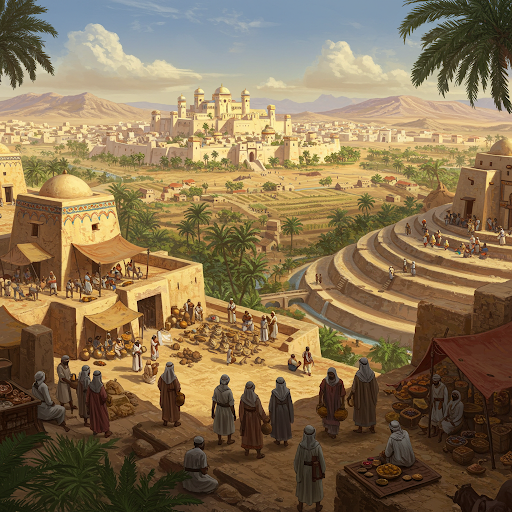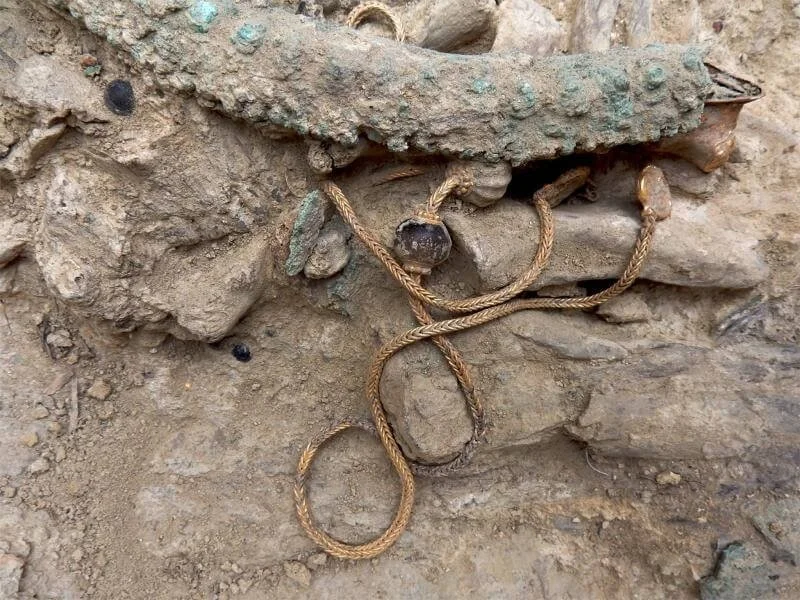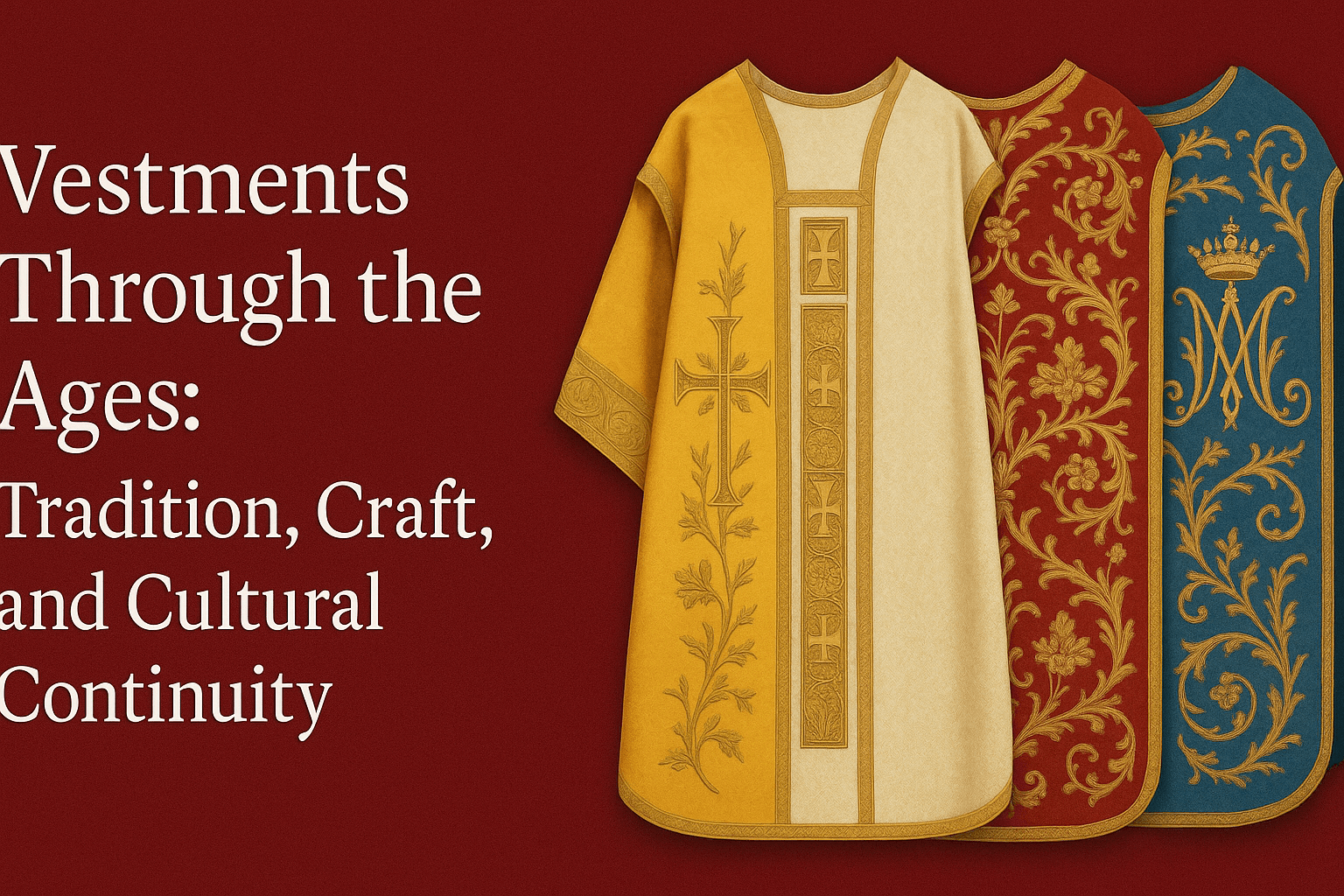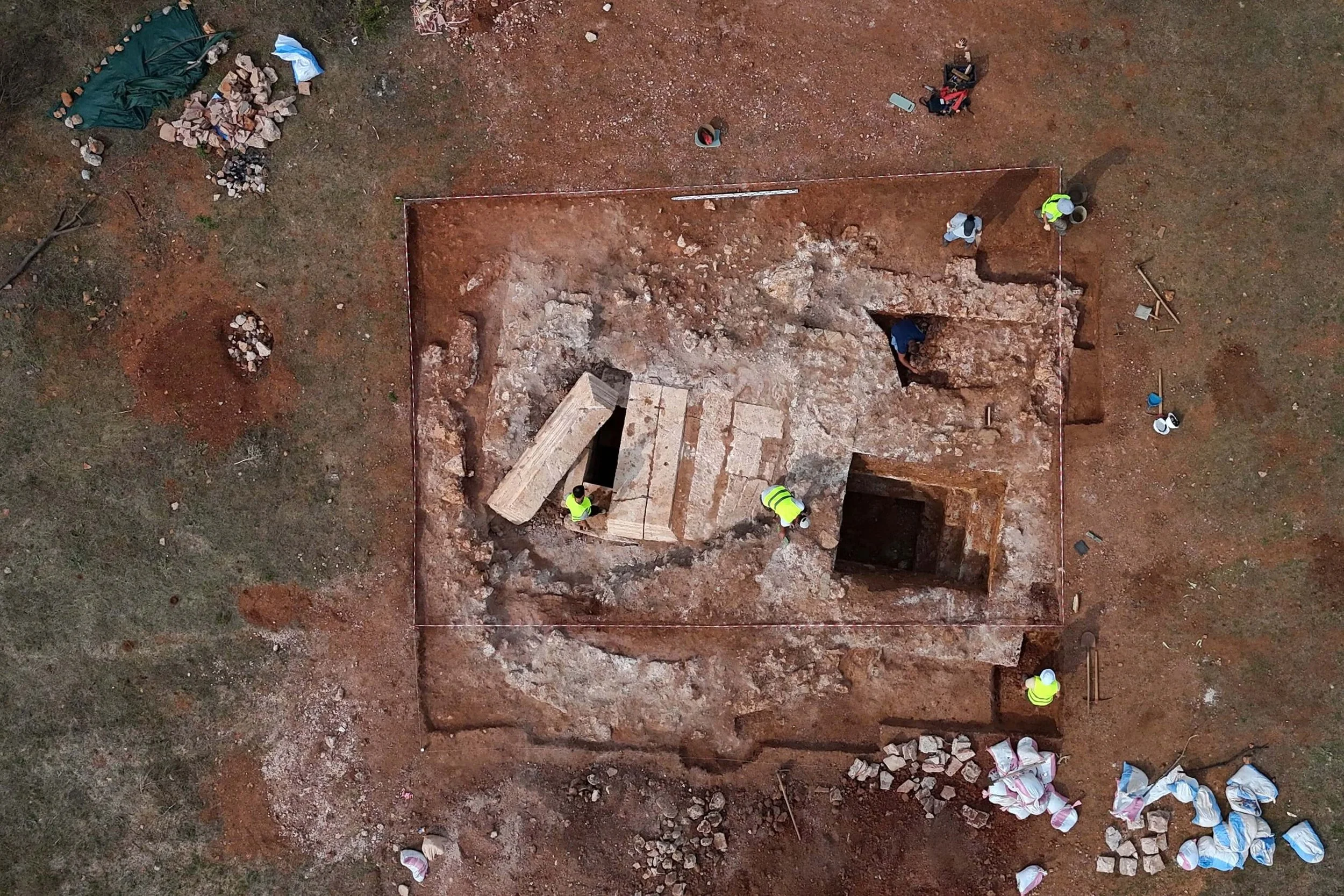The Kingdom of Axum (circa 100 CE – 940 CE) was one of the most powerful civilizations of ancient Africa, situated in present-day Ethiopia and Eritrea, with influence extending into Saudi Arabia and Yemen. As a dominant trading empire, Axum connected Africa, the Mediterranean, the Middle East, and South Asia, fostering a rich cultural and economic environment.
Daily life in Axum was shaped by commerce, agriculture, religion, and governance, creating a society that was both advanced and deeply rooted in tradition. This article explores the social structure, economy, homes, clothing, food, religion, military, and governance of the Axumite people.
1. Social Structure: A Hierarchical Society
Axumite society was structured in a way that reflected its political power, economic strength, and religious beliefs.
The King and Nobility
The ruler of Axum, often called the Negus (King) or Negusa Nagast (King of Kings), held supreme political, military, and religious authority.
Nobles and royal family members controlled land, trade, and taxation, influencing both domestic and foreign affairs.
The king was regarded as divinely sanctioned, especially after Axum's conversion to Christianity in the 4th century CE under King Ezana.
Merchants and Traders
Axum was a major trade hub, and merchants played a crucial role in society.
The kingdom traded gold, ivory, incense, frankincense, and myrrh, linking Axum with Egypt, the Roman Empire, India, and Persia.
Ports such as Adulis on the Red Sea were key centers for maritime commerce.
Farmers and Herders
Most of the population were farmers, growing crops like wheat, barley, millet, and teff (a grain used for making injera, a traditional Ethiopian flatbread).
Livestock, including cattle, sheep, and camels, was essential for both food and trade.
Artisans and Craftsmen
Skilled workers produced pottery, textiles, metal tools, and jewelry.
Stoneworkers carved elaborate obelisks (stelae) used as royal and religious monuments.
Slaves and Laborers
Slavery existed but was mostly tied to warfare and debt.
Enslaved people worked in agriculture, construction, and domestic service.
2. Urban and Rural Life: Cities and Villages
Life in Axum (The Capital City)
Axum, the capital, was a thriving city with royal palaces, temples, marketplaces, and large stone obelisks.
The city housed foreign merchants and diplomatic envoys, reflecting its cosmopolitan nature.
Wealthier residents lived in stone houses with multiple rooms, while commoners had mud-brick or wooden dwellings.
Village Life
Rural settlements were based around farmlands and water sources.
Farmers lived in thatched-roof huts and worked in communal agricultural systems.
The countryside was also home to herders who moved with their livestock seasonally.
3. Clothing and Fashion: Practical and Symbolic Attire
Axumite clothing reflected social status, occupation, and climate needs.
Men’s Clothing
Common men wore simple cotton tunics or wraps, often secured with a belt.
Nobles and royalty dressed in elaborate robes, sometimes adorned with gold and intricate embroidery.
Women’s Clothing
Women wore long dresses made of lightweight fabrics, often with colorful patterns and jewelry.
Wealthier women accessorized with gold necklaces, earrings, and bracelets.
Footwear and Accessories
Sandals were common, though many people walked barefoot.
Head coverings and veils were worn, particularly by women of higher status.
4. Food and Diet: The Axumite Cuisine
Axumite food was based on locally grown grains, livestock, and traded goods.
Staple Foods
Teff grain, used to make injera, was the most common staple.
Barley, wheat, and lentils were widely consumed.
Meat and Dairy
Goat, lamb, and beef were eaten, often stewed or roasted.
Dairy products, including milk and butter, were essential, especially among pastoralists.
Beverages
T’ej (honey wine) was a popular alcoholic drink, particularly at feasts.
Water was sourced from wells, rivers, and stored rainwater.
Dining Customs
Meals were typically communal, eaten from shared platters.
Food was consumed using hands or wooden utensils.
5. Religion and Spiritual Life
Early Polytheistic Beliefs
Before Christianity, Axumites worshipped multiple gods, with Mahrem (a god of war) being prominent.
Temples and religious rituals played a key role in daily life.
Christianity in Axum
In the 4th century CE, King Ezana converted to Christianity, making Axum one of the first Christian kingdoms in the world.
Churches replaced temples, and priests and monks gained social influence.
Religious Architecture
Axumites built rock-hewn churches and monasteries, which remain important today.
The famous Church of Our Lady Mary of Zion is believed to house the Ark of the Covenant.
6. Military and Warfare: Defending the Kingdom
Axumite Warriors
Soldiers were foot soldiers, cavalry, and archers, equipped with spears, swords, and bows.
Elephants were sometimes used in battle.
Key Conflicts
The Axumites fought against Arabian kingdoms, Nubians, and rival African states.
They launched military campaigns in southern Arabia, controlling parts of Yemen for a time.
7. Trade and Economy: A Thriving Commercial Hub
Axum’s economy relied on trade, taxation, and agriculture.
Major Trade Goods
Exports: Gold, ivory, frankincense, myrrh, rhinoceros horns.
Imports: Silk (from China), spices (from India), glassware (from Rome).
Trade Routes
The Red Sea connected Axum with Egypt, India, and the Mediterranean.
Caravan routes transported goods to the interior of Africa and the Middle East.
8. Governance and Law: The Axumite Administration
The King’s Role
The ruler had absolute power, overseeing taxation, trade, military, and religious affairs.
Kings issued royal inscriptions in Ge’ez (the Axumite script).
Justice System
Disputes were settled by local elders, priests, or royal officials.
Punishments included fines, forced labor, or exile, but capital punishment was rare.
Conclusion: The Legacy of Axum
The Kingdom of Axum was a powerful civilization that shaped African, Middle Eastern, and Mediterranean history. Its innovations in trade, governance, religion, and agriculture left a lasting impact, and its legacy is still seen in modern Ethiopia and Eritrea. Though Axum declined after the 7th century CE, it remains one of the greatest kingdoms of the ancient world.






































